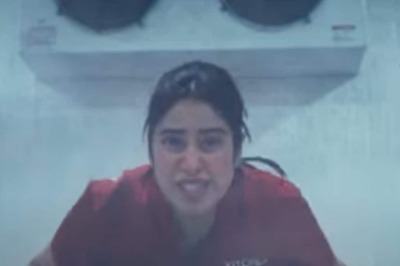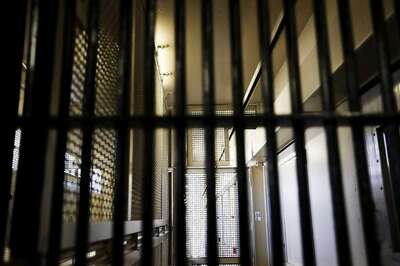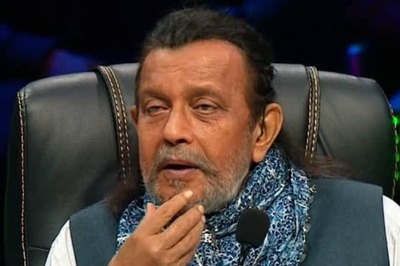
views
BHUBANESWAR: As more and more tourists, mounted on motorised boats, go on a wild chase to sight Irrawaddy dolphins in Chilika, the State Government is mulling to clamp restriction to create a balance between eco-tourism and conservation of the endangered species. The carrying capacity survey being conducted by the Wildlife Institute of India (WII) will be the first step in this direction. The Dehra Dun-based premier institute has already completed two legs of its study and the report is expected in six months. “We already have found out that 50 metre is the critical distance that should be maintained by tourist boats but the WII report will give us a fair idea about the number of boats that can be allowed in the dolphin zone,” Chief Executive of Chilika Development Authority Dr Ajit Kumar Patnaik said. Patnaik said serious thought is being given to create a small undisturbed area which will be out of bounds to tourist boats. The Wildlife Wing, which is empowered to do so, is cogitating,” he told mediapersons on the sidelines of the two-day Integrated Coastal Zone Management workshop here on Saturday. The ultimate objective, Patnaik said, is to create a win-win situation for both __ the tourism sector and the mammals. The protocol of having a limited number of boats accessing the dolphin zone from a safe distance will ensure better sighting. The idea of staggered conducted tours will help the local community, stakeholders of tourism industry and reduce stress on the dolphins because tourists go on a ‘blind chase’. “Sometimes, they go up to Nalabana but fail to sight the dolphins,” he said. While an idea of creating a community- conservation reserve has been mooted, CDA is planning to bring in battery-operated boats to reduce noise level in dolphin zones. Meanwhile, scientists from University of Tokyo __ Junichi Kojima and Harumi Sugimatsu __ completed a five-day visit of the lagoon where they conducted scientific experiments. The CDA is establishing a permanent station at the mouth to study the migration behaviour of the porpoises. New improvised devices, which can be mounted on boats, were also tested. Patnaik said feasibility of procuring J-Array devices, the advanced ones, will be assessed so that research findings are precise. There is a plan to use the J-Array devices in census operations in the future because the visual observation does not give accurate result.



















Comments
0 comment